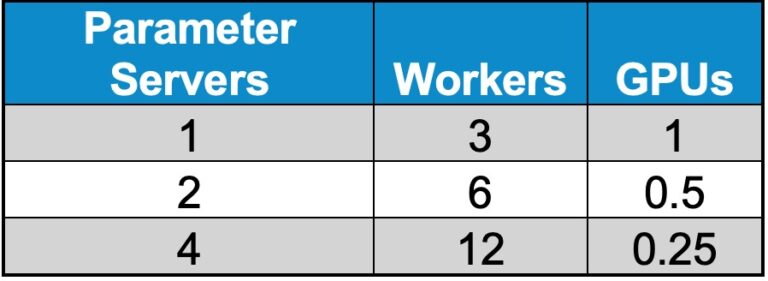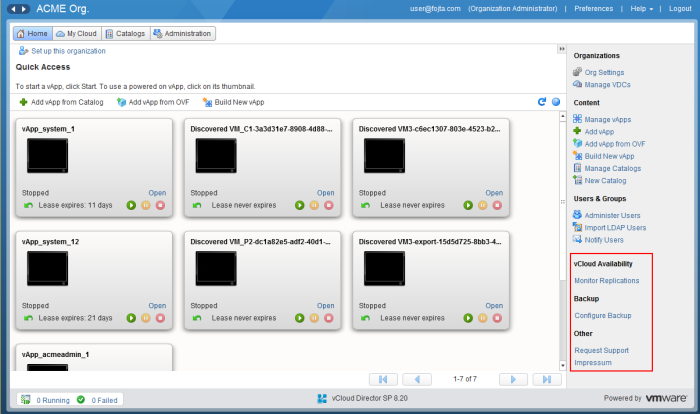Planned Migration:
One of the relatively newer use cases for SRM is planned migration. With this use case, customers can migrate their business critical workloads to the recovery or cloud provider sites in a planned manner. This could be in planning for an upcoming threat such as a hurricane or other disaster or an actual datacenter migration to a different location or cloud provider.
The scenarios that was setup was to do a planned migration of SAP from an Enterprise datacenter to a virtual datacenter of a cloud provider. The logical schematic of the setup is as shown below:
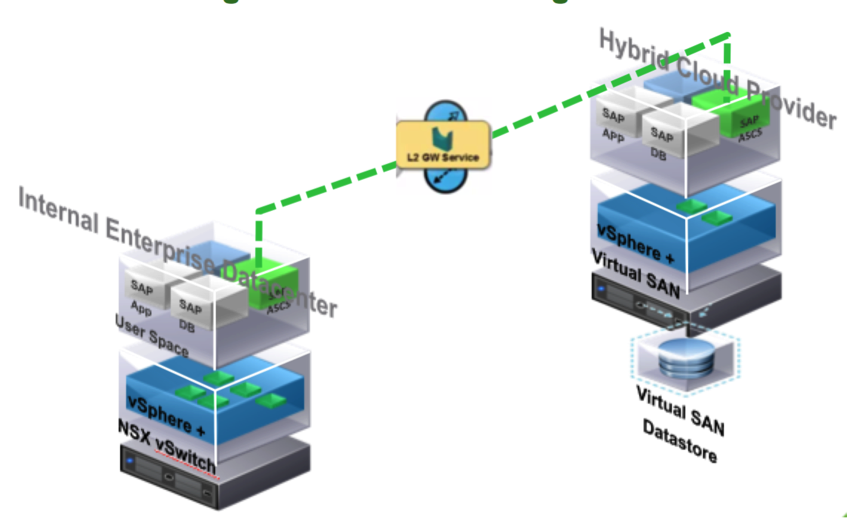
Figure 12: Logical Planned Migration Infrastructure
The internal enterprise datacenter hosts the SAP application stack and wants to migrate it to that of a cloud provider. SAP is running on VMWare SDDC with NSX networking in the internal datacenter with traditional shared storage. The hybrid cloud virtual datacenter has vSphere compute, VCNS for networking and VSAN for storage.
The NSX Layer 2 gateway provides the capability to extend the virtual machine VLANS across the two data centers. This allows the solution to keep the same IP addresses for the virtual machines through the planned migration.
SRM servers are setup on both sides with vSphere replication to replicate the SAP VMs to be migrated. The destination datastore for the migration is the Virtual SAN datastore in the hybrid cloud datacenter. The three SAP virtual machines SAP App, DB and ASCS are replicated to the cloud datacenter using vSphere replication.
The components relating to the planned migration are shown below. The virtual machines shown under infrastructure are the domain controllers that are required for access to SAP. One of the domain controllers dc01 is also replicated to the cloud provider site.
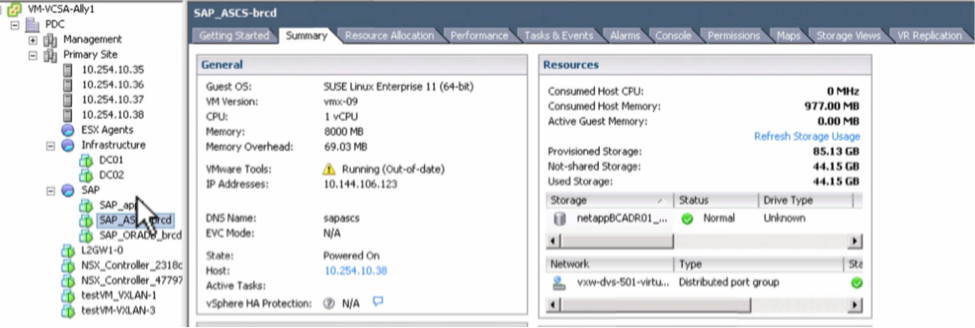
Figure 13: Primary Datacenter components for Planned Migration
The virtual machines related to SAP are connected to the NSX logical switch in the primary datacenter as shown below.
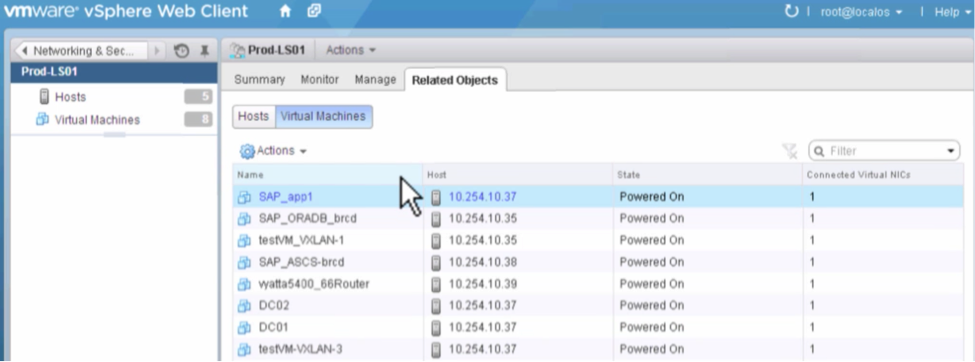
Figure 14: NSX logical switch connected to SAP Virtual Machines
The cloud datacenter with its virtual components are shown below. The placeholder virtual machines for the SAP and its related infrastructure that were created by SRM are also seen.

Figure 15: Cloud Provider virtual datacenter
The VMware NSX Layer 2 GW is used to extend the virtual machine VLANS across the wide area network connecting the two datacenters. Due to this capability there is no need to change IP addresses for the virtual machines in the destination datacenter. The configuration of the NSX gateway to bridge the VLANs is shown below:

Figure 16: NSX Layer 2 Gateway configuration
With the two sites synced up with vSphere replication and the network successfully extended, one can now leverage SRM to perform a planned migration to the hybrid cloud provider datacenter for the SAP application components.
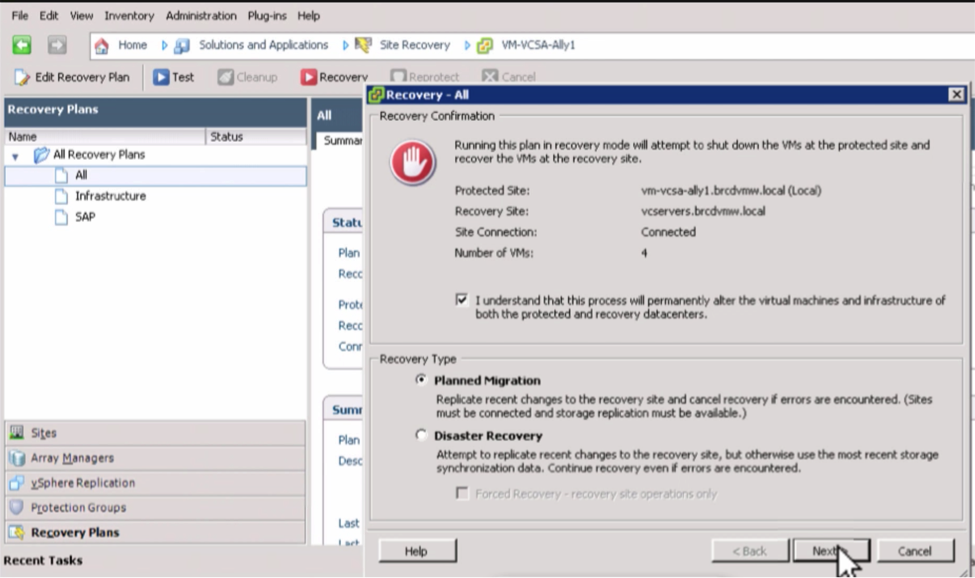
The unique aspect of a planned migration is that the virtual machines are shutdown systematically shutdown before a final synchronization process for the Virtual Machines. The virtual machines are brought down in the reverse order of their priority as shown below:

Figure 18: Shutdown of Virtual Machines during a planned migration
In the next phase after the final sync is complete the virtual machines are automatically powered up in the order of their priority. The planned migration is complete when all the virtual machines have come up and the SAP application is validated by the application owners.

Figure 19: Virtual Machines are powered on at the cloud provider datacenter
The SAP planned migration was completed successfully. The history report shown below validates that the entire migration was done in less than 15 minutes.
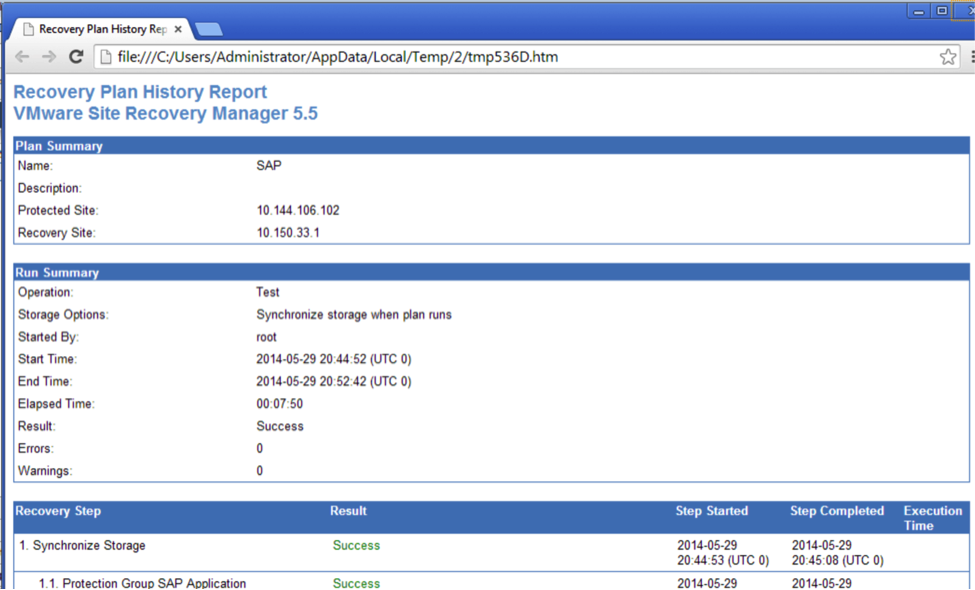
Figure 20: Planned Migration History Report
VMware Site Recovery Manager radically enhances the capability of businesses to protect business critical applications from disasters. In addition SRM provides the ability for customers to migrate applications temporarily or permanently between datacenters with minimal downtime and impact to business. The offline testing, workflow and runbook capabilities provided by SRM are indispensable for businesses seeking to minimize their RTO and RPO for their business critical applications.
Access Part 1 here or Part 2 here.


